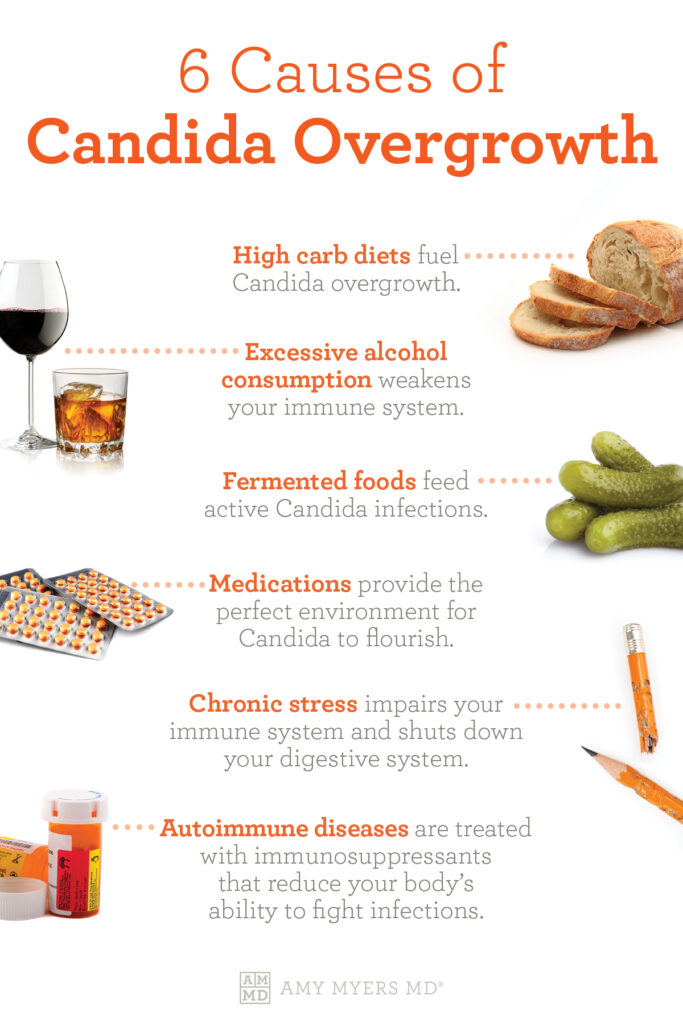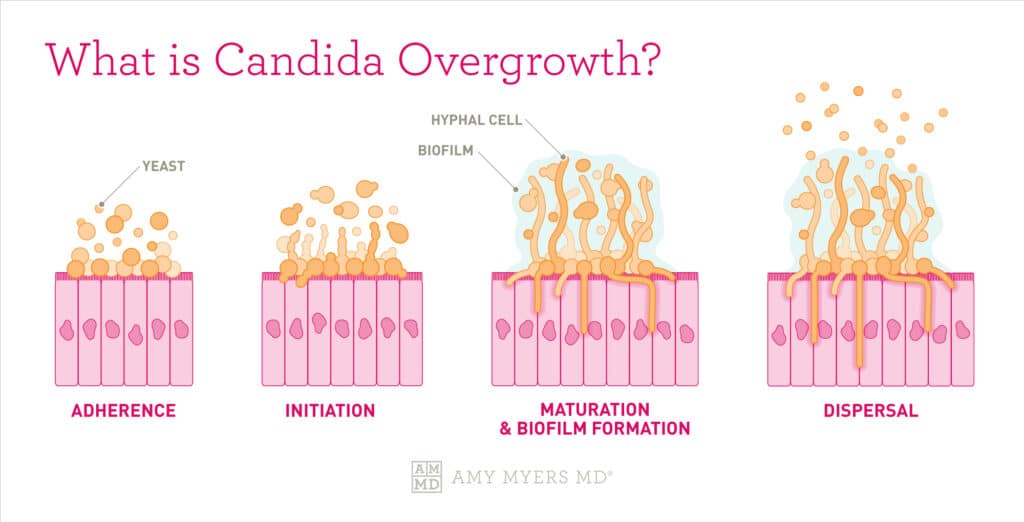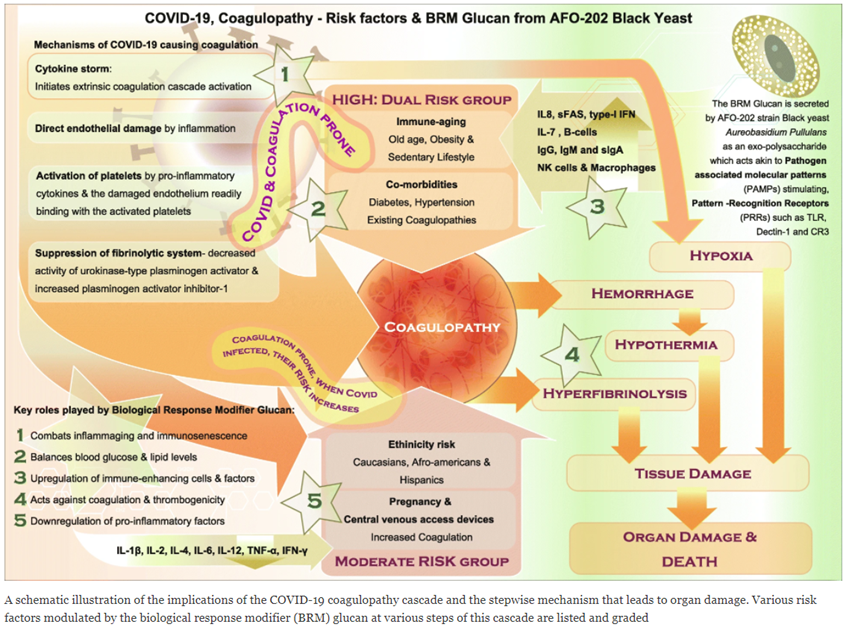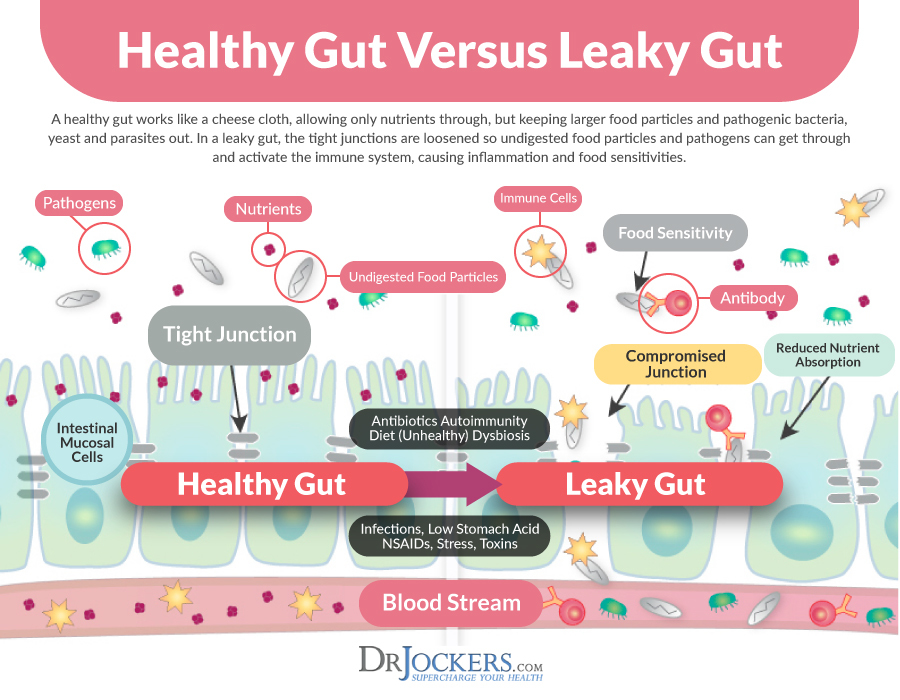Discover the untold secrets to beating yeast infections for good with these proven and effective treatment options revealed here.
Table of Contents
- Introduction to Yeast Infections
- Recognizing Yeast Infections
- When to See a Doctor
- Home Remedies for Yeast Infections
- Medications for Yeast Infections
- Lifestyle Changes for Vaginal Health
- Understanding Bacterial Vaginosis
- Sore Throat and Yeast Infections
- Diet and Yeast Infections
- Myths About Yeast Infections
- Conclusion
- FAQs About Yeast Infections
Introduction to Yeast Infections
Yeast infections are a common issue that can affect anyone, including young girls and women. Understanding vaginal health is crucial for overall well-being and staying healthy.
What is a Yeast Infection?
A yeast infection occurs when there is an overgrowth of yeast in the vaginal area. This overgrowth can cause uncomfortable symptoms like itchiness, redness, and a thick, white discharge.
Why Vaginal Health Matters
Keeping your vaginal area healthy is just as important as taking care of the rest of your body. Good vaginal health can help prevent infections and discomfort, allowing you to feel your best.
Recognizing Yeast Infections
Yeast infections can be a bother, but it’s essential to recognize the symptoms early to get the right treatment. Here are some common signs that can help you identify a yeast infection:
Common Symptoms
One of the primary symptoms of a yeast infection is itchiness. If you feel constant itching in your vaginal area, it might be a sign of an infection. Additionally, redness and irritation in the same area can indicate a yeast infection. Another common symptom is a thick, white discharge that looks like cottage cheese. If you notice any of these signs, it’s essential to talk to an adult or healthcare provider for proper diagnosis and treatment.
When to See a Doctor
When dealing with a yeast infection, it is essential to understand when it’s necessary to seek the advice of a healthcare professional. While some yeast infections can be managed with over-the-counter treatments, there are instances where a doctor’s guidance is crucial for effective treatment.

Image courtesy of www.motherhoodunstressed.com via Google Images
If you are experiencing recurring yeast infections, meaning they keep coming back, it may be a sign of an underlying issue that needs medical attention. Your doctor can help identify the causes of recurrent infections and recommend the appropriate treatment to prevent them from happening again.
Additionally, if you are pregnant and suspect you have a yeast infection, it is crucial to consult your healthcare provider before starting any treatment. Pregnancy can change the body’s hormonal balance, making it more sensitive to infections, so it’s best to get professional advice on how to manage the condition safely.
For individuals with weakened immune systems, such as those undergoing chemotherapy or with conditions like HIV/AIDS, yeast infections can pose more significant risks. In such cases, it is essential to consult a doctor promptly to prevent any complications that may arise from the infection.
Home Remedies for Yeast Infections
Dealing with a yeast infection can be uncomfortable, but there are simple home remedies you can try to help alleviate the symptoms.
Apple Cider Vinegar
One popular home remedy for yeast infections is apple cider vinegar. This natural ingredient has been praised for its many benefits, including its ability to help restore balance to the body when dealing with yeast overgrowth.
To use apple cider vinegar for a yeast infection, you can mix a couple of tablespoons in a warm bath and soak for about 20 minutes. This can help alleviate itching and discomfort. You can also dilute apple cider vinegar with water and apply it to the affected area with a clean cloth.
Remember, though, it’s essential to use apple cider vinegar safely and avoid applying it directly to sensitive areas without diluting it first.
Medications for Yeast Infections
When dealing with a pesky yeast infection, sometimes home remedies may not do the trick, and that’s where medications come into play. Here are the most common types of medications used to treat yeast infections:

Image courtesy of www.amymyersmd.com via Google Images
Over-the-Counter Medications
If you suspect you have a yeast infection and have had one before, over-the-counter antifungal creams, ointments, or suppositories can help combat the yeast. These medications are available at most drugstores and can provide relief from symptoms like itching and discharge. It’s essential to follow the instructions on the packaging carefully to ensure proper use.
Prescription Medications
For persistent or severe yeast infections, your doctor may prescribe oral antifungal medications such as fluconazole. These prescription medications work to eliminate the yeast causing the infection from the inside out. It’s crucial to take prescription medications exactly as directed by your healthcare provider to ensure effectiveness and prevent any potential side effects.
Remember, always consult with a healthcare professional before starting any new medication regimen, especially when dealing with vaginal infections like yeast infections.
Lifestyle Changes for Vaginal Health
When it comes to maintaining vaginal health, making some simple lifestyle changes can go a long way in preventing issues like yeast infections and bacterial vaginosis. By incorporating these practices into your daily routine, you can promote a healthier environment for your vaginal flora.
Stay Hydrated
Drinking plenty of water is essential for overall health, including vaginal health. Staying hydrated helps maintain the balance of good bacteria in your body, which can help ward off infections.
Eat a Balanced Diet
Consuming a diet rich in fruits, vegetables, lean proteins, and whole grains can support your immune system and promote a healthy vaginal microbiome. Avoiding excessive sugar and processed foods can also help prevent yeast overgrowth.
Practice Good Hygiene
Keeping your genital area clean and dry is important for preventing infections. Always wipe from front to back after using the bathroom and opt for gentle, unscented hygiene products to avoid disrupting the natural pH of your vagina.
Avoid Harsh Chemicals
Avoid using scented tampons, douches, and other feminine products that contain harsh chemicals. These can disrupt the delicate balance of bacteria in your vagina and increase the risk of infections.
Wear Breathable Clothing
Avoid wearing tight synthetic clothing for extended periods, as this can create a warm, moist environment that promotes yeast growth. Opt for breathable cotton underwear and loose-fitting pants or skirts to promote airflow.
By incorporating these simple lifestyle changes into your daily routine, you can help support a healthy vaginal environment and reduce the risk of common issues like yeast infections and bacterial vaginosis.
Understanding Bacterial Vaginosis
Bacterial vaginosis is a common issue that can affect anyone with a vagina. It’s important to understand what bacterial vaginosis is and how it differs from a yeast infection. While both conditions might cause discomfort in the vaginal area, they are caused by different factors.

Image courtesy of www.amymyersmd.com via Google Images
What is Bacterial Vaginosis?
Bacterial vaginosis occurs when there is an imbalance of the bacteria normally found in the vagina. This imbalance can lead to symptoms such as unusual discharge, a fishy odor, or itching. Unlike a yeast infection, bacterial vaginosis is not caused by an overgrowth of yeast but rather an overgrowth of harmful bacteria.
| Treatment | Description | Effectiveness |
|---|---|---|
| Antifungal Medications | Prescription or over-the-counter medications that kill yeast infections | High |
| Probiotics | Help restore the balance of good bacteria in the body | Moderate |
| Yogurt | Contains live cultures that can help fight yeast infections | Low |
| Garlic | Natural antifungal properties that can help combat yeast infections | Moderate |
| Tea Tree Oil | Antifungal properties that can be used topically to treat yeast infections | Moderate |
While bacterial vaginosis is common, it is essential to recognize the symptoms and seek treatment if needed. Proper understanding of this condition can help in better managing and caring for vaginal health.
Sore Throat and Yeast Infections
Have you ever wondered if a yeast infection can give you a sore throat? Let’s explore whether these two are related and what you can do if you’re experiencing both.
Can Yeast Infections Cause a Sore Throat?
Typically, yeast infections are localized to the genital area and don’t directly cause a sore throat. However, in some cases, people with weakened immune systems or other underlying health conditions may be more prone to both yeast infections and throat discomfort.
Remedies for Sore Throat and Yeast Infections
If you find yourself dealing with both a yeast infection and a sore throat, it’s essential to address each issue separately. For the sore throat, you can try soothing remedies like drinking warm tea with honey, gargling with salt water, or using lozenges to ease the discomfort.
When it comes to the yeast infection, it’s best to follow the appropriate treatments, whether that’s using over-the-counter antifungal medication or trying natural remedies like apple cider vinegar. Remember to consult with a healthcare provider if your symptoms persist or worsen.
Diet and Yeast Infections
What you eat can play a significant role in preventing yeast infections. Yeast, a type of fungus that can cause infections, thrives on sugar. Therefore, consuming too much sugar may increase the chances of developing a yeast infection.

Image courtesy of nsc24.com via Google Images
Understanding the Impact of Diet
When you consume sugary foods like candy, cakes, soda, and even white bread, you are providing the yeast in your body with the fuel it needs to grow and multiply. This can disrupt the balance of bacteria and yeast in your body, leading to an overgrowth of yeast and potentially causing an infection.
Choosing the Right Foods
To help prevent yeast infections, it’s essential to make smart food choices. Opt for a diet rich in whole grains, lean proteins, fruits, and vegetables. These foods can help support a healthy balance of bacteria and yeast in your body.
Probiotic-rich foods like yogurt with live cultures can also be beneficial. Probiotics are good bacteria that can help keep the levels of yeast in check. Including them in your diet regularly can promote good vaginal health and reduce the risk of yeast infections.
Additionally, staying hydrated by drinking plenty of water is crucial for flushing out toxins from your body and maintaining overall health, including vaginal health.
Avoiding Triggers
Aside from watching your sugar intake, there are other triggers to avoid if you’re prone to yeast infections. Some people find that consuming alcohol, processed foods, and foods high in refined carbohydrates can also contribute to an imbalance in the body and increase the likelihood of yeast overgrowth.
By being mindful of your diet and making healthy choices, you can support a favorable environment in your body that discourages yeast overgrowth and reduces the risk of yeast infections.
Myths About Yeast Infections
When it comes to yeast infections, there are many myths floating around that can cause confusion. Let’s debunk some of the most common ones to help you understand the facts better.
Yeast Infections Only Happen to Women
Contrary to popular belief, yeast infections can affect anyone, regardless of gender. While they are more common in women, men can also experience yeast infections, especially in warm and moist areas of the body.
Yeast Infections Are Caused by Poor Hygiene
One of the most pervasive myths about yeast infections is that they are the result of poor hygiene. In reality, yeast infections are caused by an overgrowth of yeast that naturally occurs in the body. While good hygiene practices are essential for overall health, they are not the sole cause of yeast infections.
Yeast Infections Can Only Happen in Adults
Yeast infections are not limited to adults. Children, including infants, can also develop yeast infections, especially in the diaper area. It’s essential to recognize the symptoms and seek appropriate treatment, regardless of age.
Yogurt Can Cure a Yeast Infection
While yogurt with probiotics can be beneficial for promoting good gut health, it is not a proven cure for yeast infections. While some may find relief from symptoms by consuming probiotic-rich foods, it’s crucial to consult a healthcare provider for proper treatment.
Conclusion
Understanding yeast infections and maintaining good vaginal health are essential for overall well-being. By recognizing the symptoms, knowing when to seek medical advice, and utilizing appropriate treatments, individuals can effectively address yeast infections and promote vaginal health.

Image courtesy of drjockers.com via Google Images
Home remedies such as apple cider vinegar can offer natural relief, while medications prescribed by healthcare professionals can provide targeted treatment. Incorporating lifestyle changes, such as wearing breathable underwear and practicing good hygiene, can also contribute to better vaginal health.
It’s important to differentiate between yeast infections and bacterial vaginosis to ensure proper treatment. Additionally, addressing related issues like sore throats and dietary factors that can influence yeast growth can further support healing and prevention.
In conclusion, maintaining optimal vaginal health, recognizing symptoms of yeast infections, and utilizing effective treatments are key steps in combating yeast infections and promoting overall well-being. By dispelling common myths and making informed decisions, individuals can take charge of their health and enjoy a life free from the discomfort of yeast infections.
FAQs About Yeast Infections
Can yeast infections go away on their own?
Yeast infections can sometimes clear up on their own, especially if they are mild. However, it is always recommended to consult a doctor to ensure proper treatment and avoid any complications.
How do I prevent a yeast infection?
To prevent yeast infections, it’s important to maintain good vaginal hygiene by keeping the area clean and dry. Wearing breathable fabrics like cotton underwear, avoiding douching, and practicing safe sex can also help reduce the risk of developing a yeast infection.
Are yeast infections contagious?
Yeast infections are not typically considered contagious. They are caused by an overgrowth of naturally occurring yeast in the body. However, it is possible to spread the yeast through sexual contact, so it’s important to practice safe sex if you or your partner has a yeast infection.





